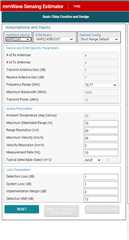Other Parts Discussed in Thread: AWR2243
Tool/software:
Hello,
I am calculating Pr for a corner reflector with rcs 10 m2.
Chirp Config:
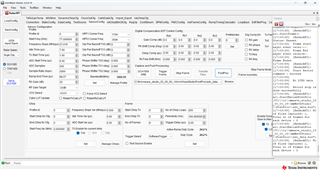
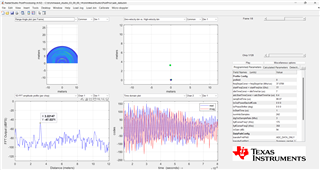
Pr what i am getting is -66.801 dBFS which is far from the fft output.What could be the reason behind it?
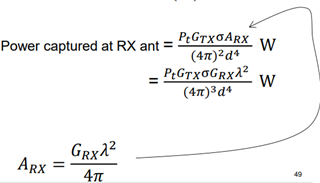 I am using this formula for calculation.
I am using this formula for calculation.I have doubt regarding the value of Gr, Gt values. Where to get these values for awr2243?
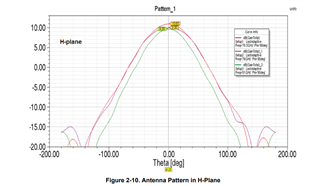 what i did is, take value from this graph as 10.85 db for both antenna gain.Please correct me if i am wrong.
what i did is, take value from this graph as 10.85 db for both antenna gain.Please correct me if i am wrong.How is it even possible when what max Rx gain possible for awr2243 radar is 52db as mentioned in data sheet.
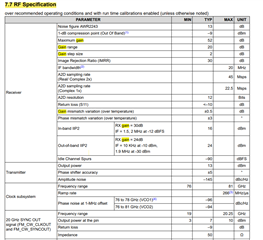
Lastly the values i put in that equation are in units respectively:
Regards,
Ajit



